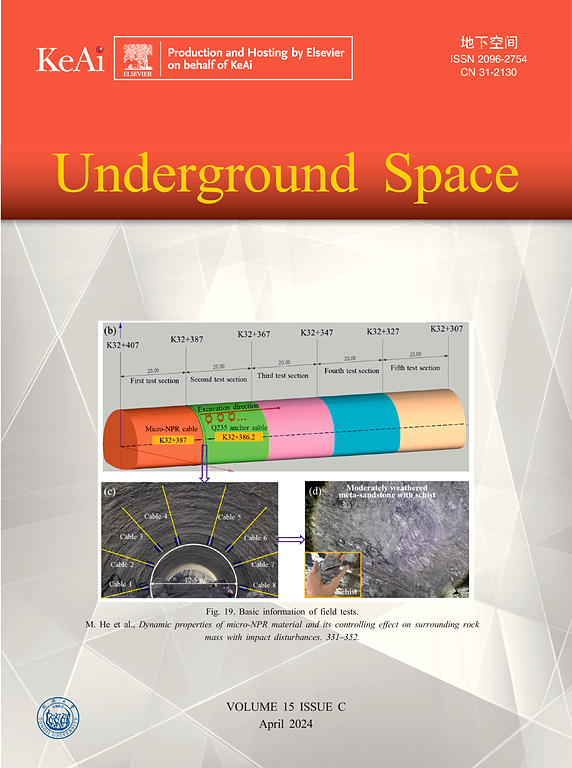3D location estimation and tunnel mapping of autonomous driving robots through 3D point cloud registration on underground mine rampways
IF 8.3
1区 工程技术
Q1 ENGINEERING, CIVIL
引用次数: 0
Abstract
In this study, we developed a three-dimensional (3D) location estimation and tunnel mapping system to locate an autonomous robot in the rampway of an underground mine using 3D point cloud registration. A 3D point cloud of the mine tunnel was measured using a 3D light detection and ranging (LiDAR) sensor and registered using the iterative closest point (ICP) algorithm to estimate the 3D pose of the robot. This was combined with two-dimensional LiDAR, inertial measurement unit, and encoder sensors to estimate the 3D trajectory of the robot. Additionally, the 3D tunnel mapping was performed using the 3D trajectory of the robot and the 3D point cloud data of the tunnel. A comparison of the tunnel maps created using conventional surveying equipment and the robot indicated a mapping error of 0.2275 m and localization error of 0.2465 m confirming the excellent overall tunnel mapping and localization performance. The tunnel mapping areas were further compared by selecting areas with relatively high and low ICP matching accuracies; the calculated errors were 0.6186 and 0.2257 m in the areas with low and high accuracies, respectively. Furthermore, the accuracy of the ICP matching tended to be low in areas where the change in the pitch angle of the robot was large.
基于矿井坡道三维点云配准的自动驾驶机器人三维位置估计与隧道映射
在本研究中,我们开发了一个三维(3D)位置估计和隧道测绘系统,利用三维点云配准在地下矿山坡道中定位自主机器人。利用三维光探测和测距(LiDAR)传感器测量了矿井隧道的三维点云,并使用迭代最近点(ICP)算法进行了配准,以估计机器人的三维姿态。这与二维激光雷达、惯性测量单元和编码器传感器相结合,以估计机器人的3D轨迹。此外,利用机器人的三维轨迹和隧道的三维点云数据进行三维隧道映射。将传统测量设备和机器人绘制的隧道地图进行对比,结果表明,机器人绘制的隧道地图误差为0.2275 m,定位误差为0.2465 m,整体隧道测绘和定位性能优异。通过选择ICP匹配精度较高和较低的区域,对隧道制图区域进行比较;在低精度区和高精度区,计算误差分别为0.6186和0.2257 m。此外,在机器人俯仰角变化较大的区域,ICP匹配的精度往往较低。
本文章由计算机程序翻译,如有差异,请以英文原文为准。
求助全文
约1分钟内获得全文
求助全文
来源期刊

Underground Space
ENGINEERING, CIVIL-
CiteScore
10.20
自引率
14.10%
发文量
71
审稿时长
63 days
期刊介绍:
Underground Space is an open access international journal without article processing charges (APC) committed to serving as a scientific forum for researchers and practitioners in the field of underground engineering. The journal welcomes manuscripts that deal with original theories, methods, technologies, and important applications throughout the life-cycle of underground projects, including planning, design, operation and maintenance, disaster prevention, and demolition. The journal is particularly interested in manuscripts related to the latest development of smart underground engineering from the perspectives of resilience, resources saving, environmental friendliness, humanity, and artificial intelligence. The manuscripts are expected to have significant innovation and potential impact in the field of underground engineering, and should have clear association with or application in underground projects.
 求助内容:
求助内容: 应助结果提醒方式:
应助结果提醒方式:


